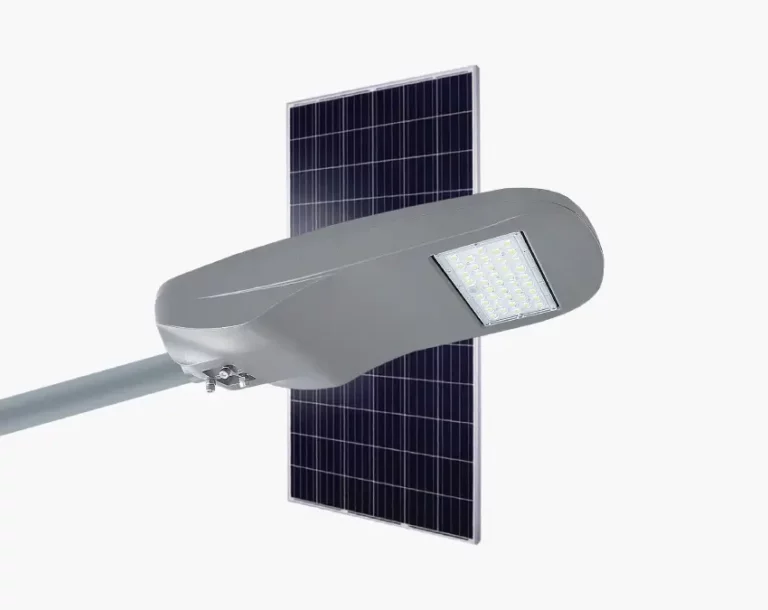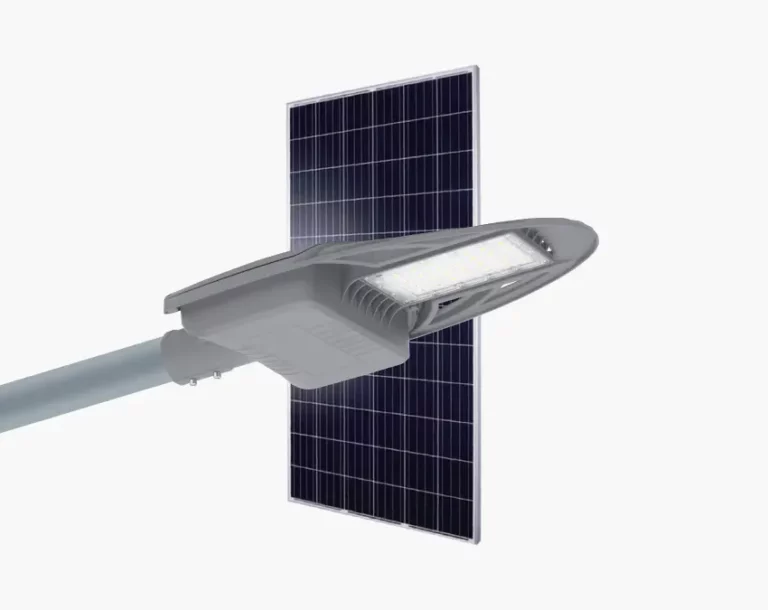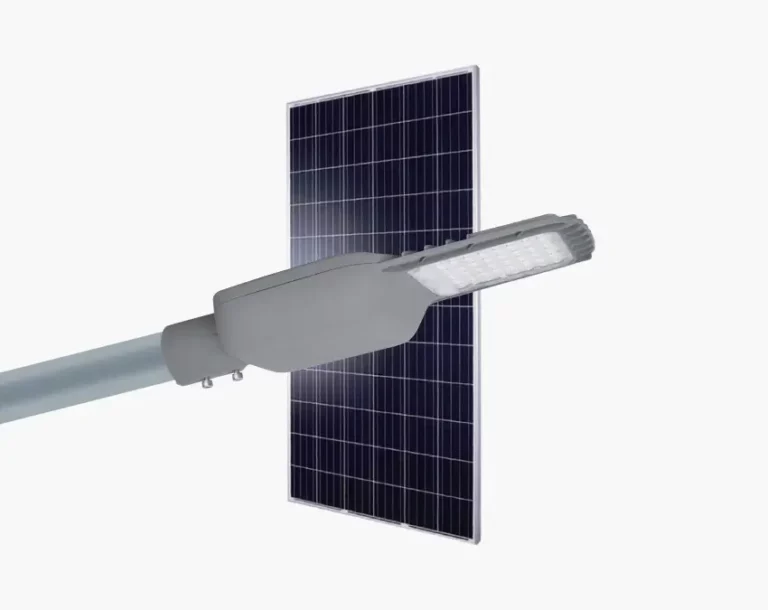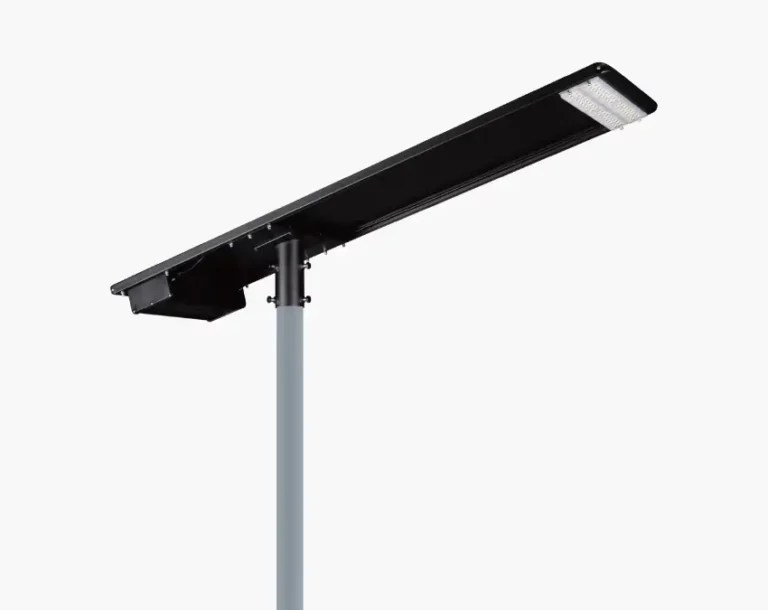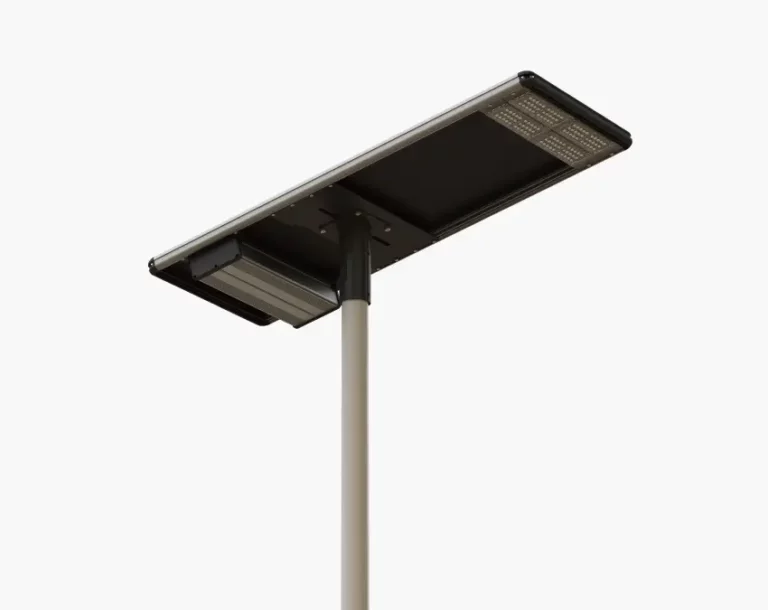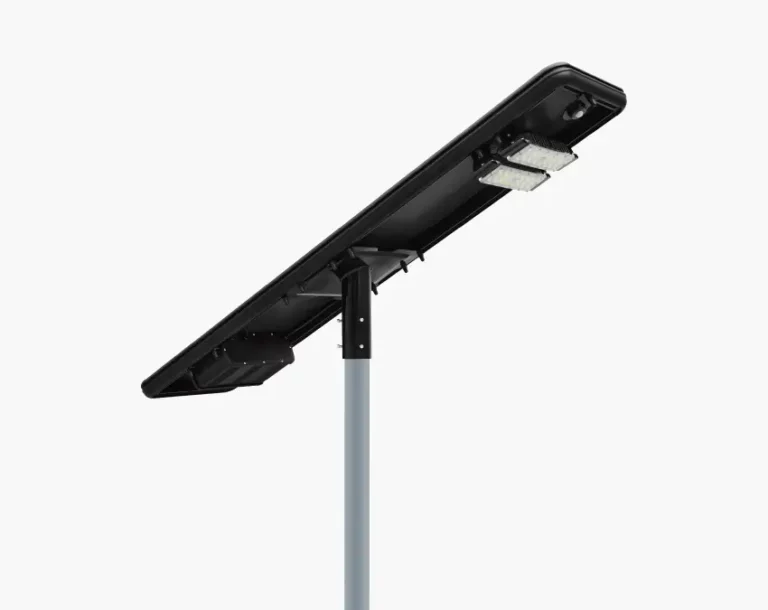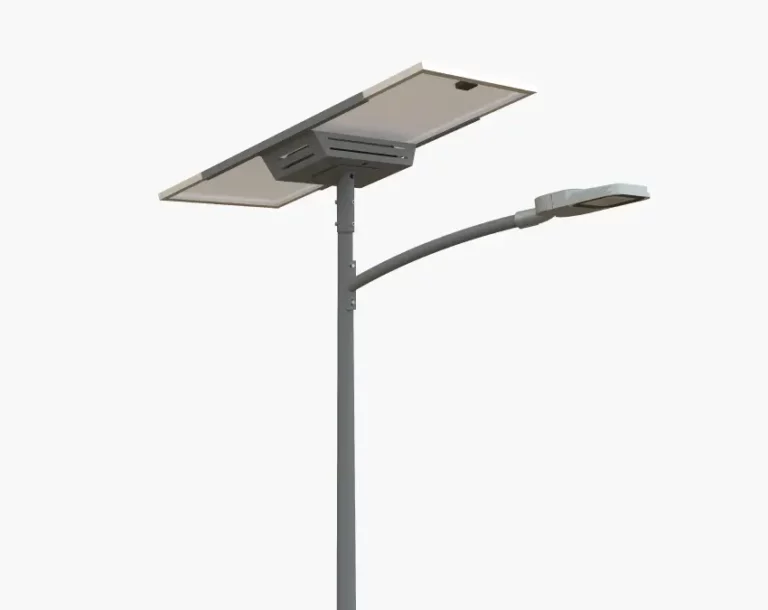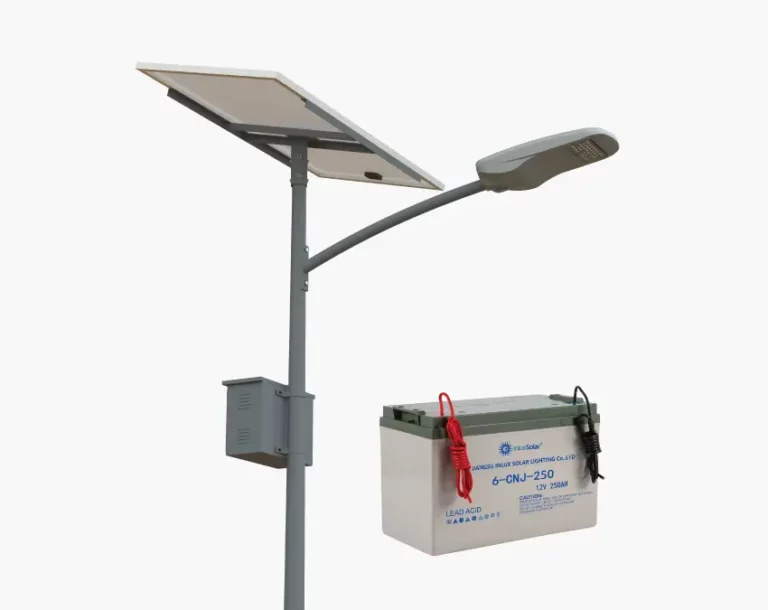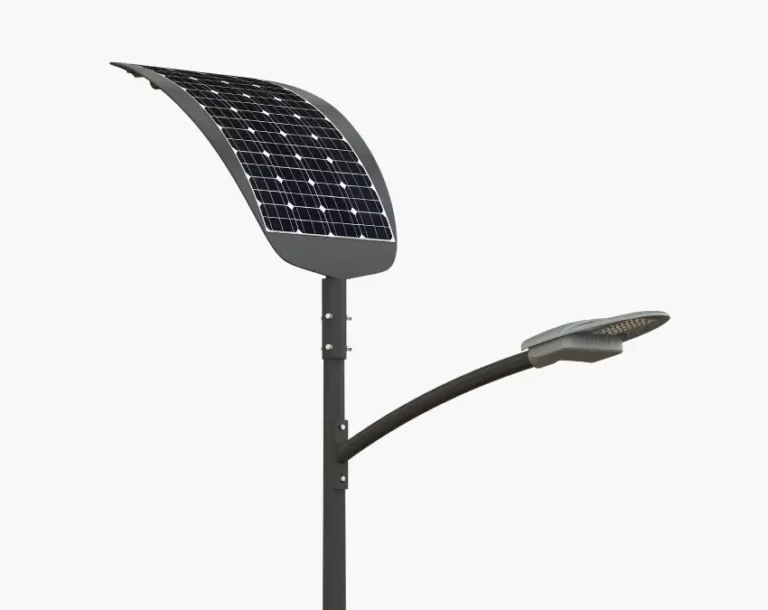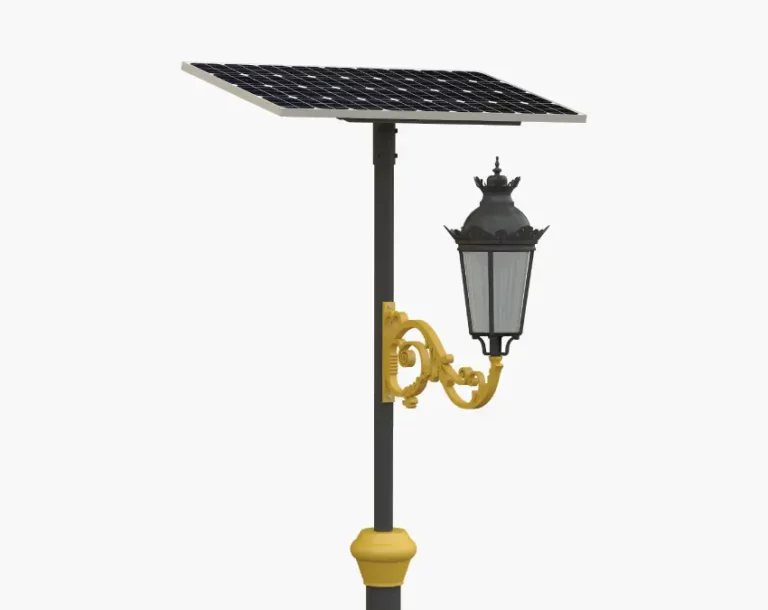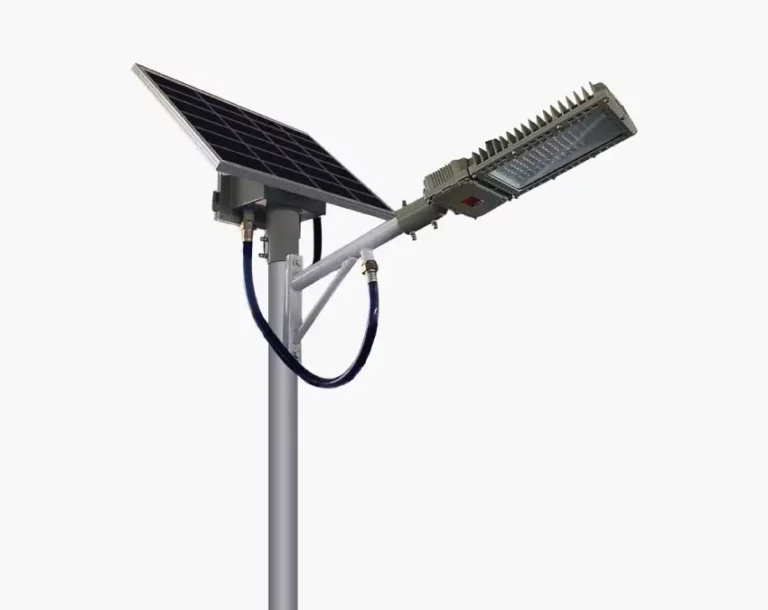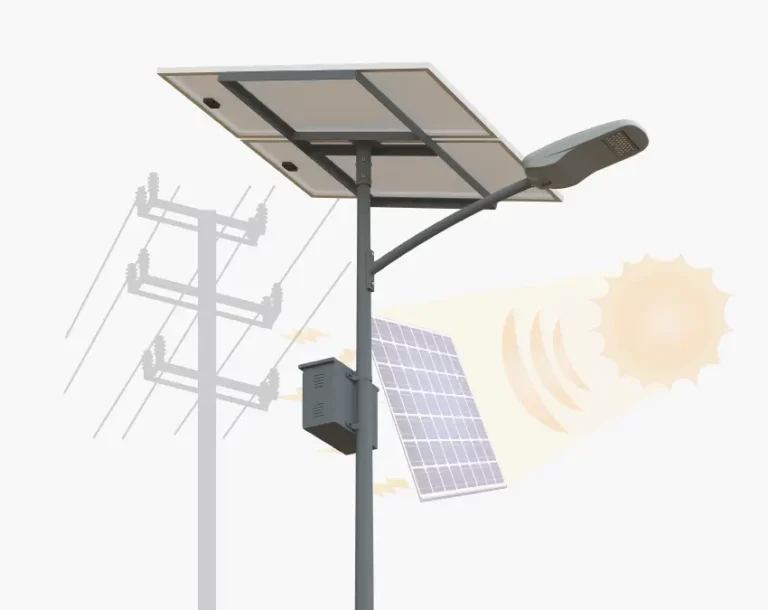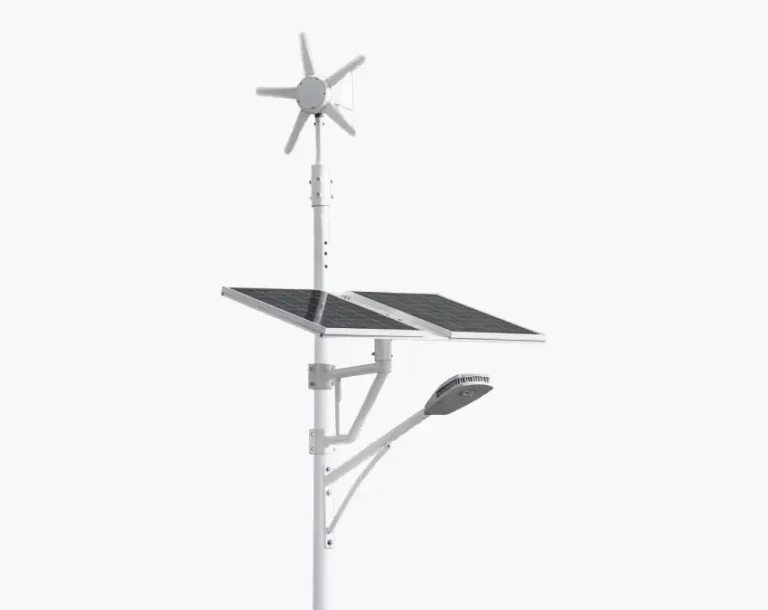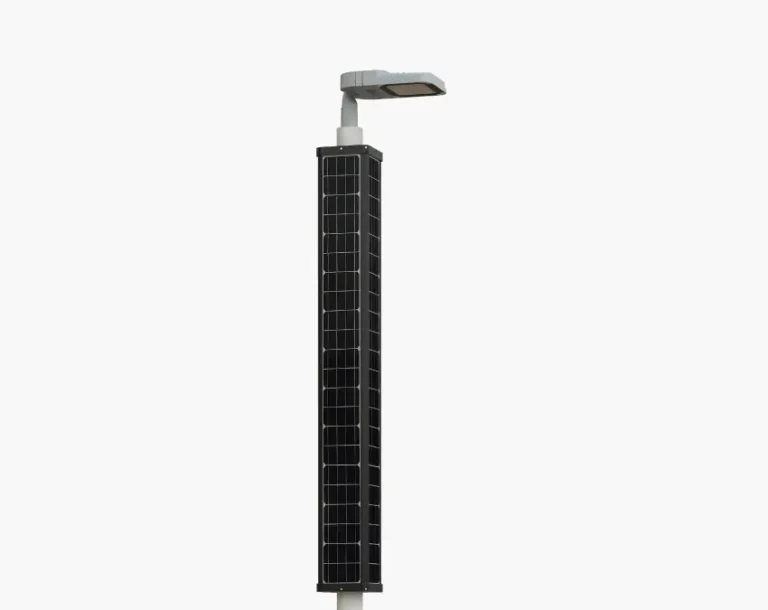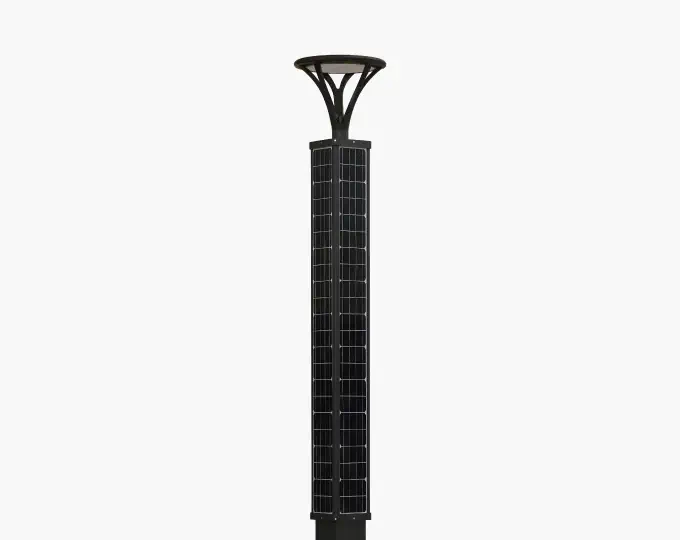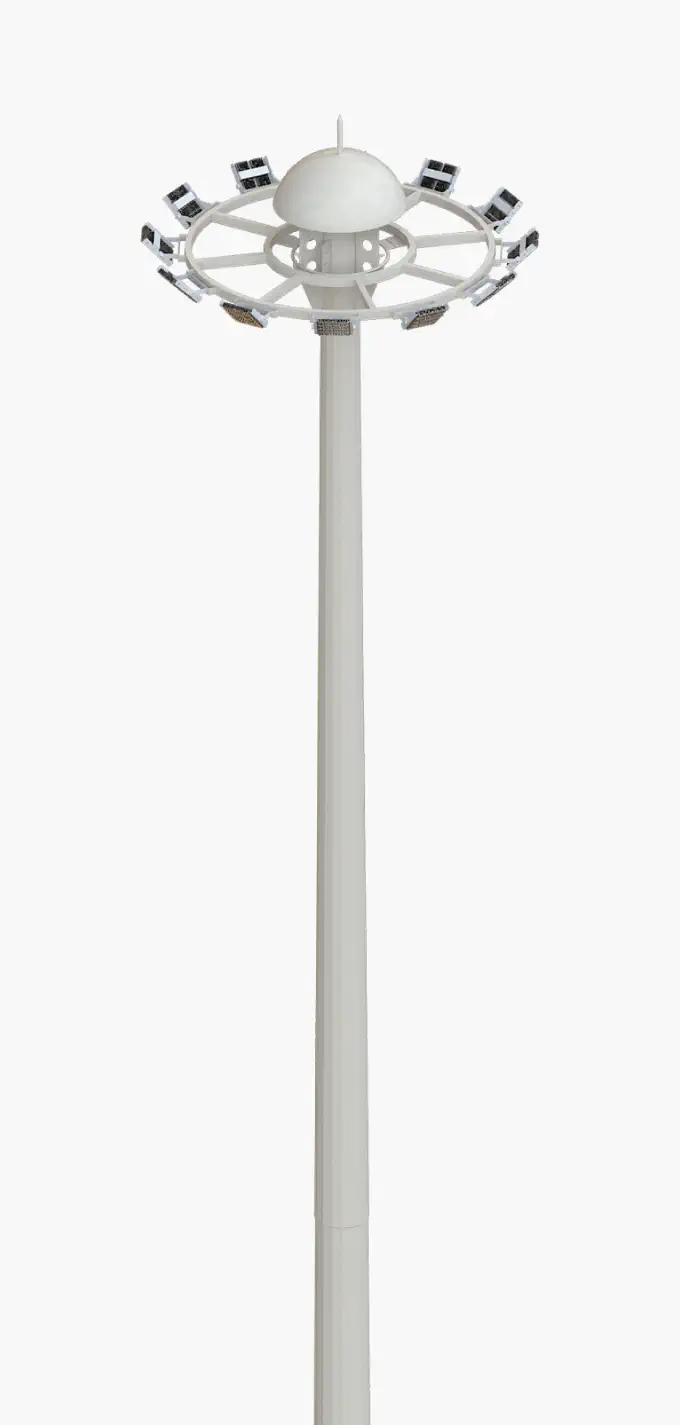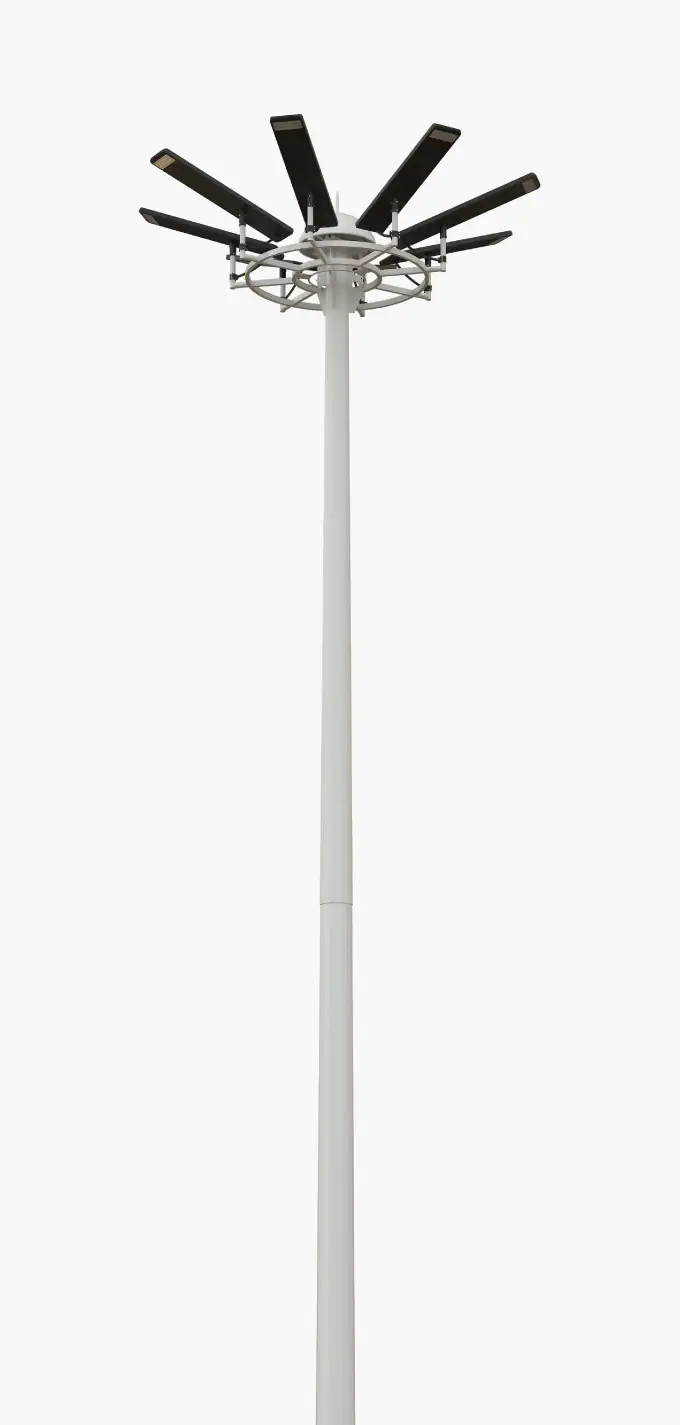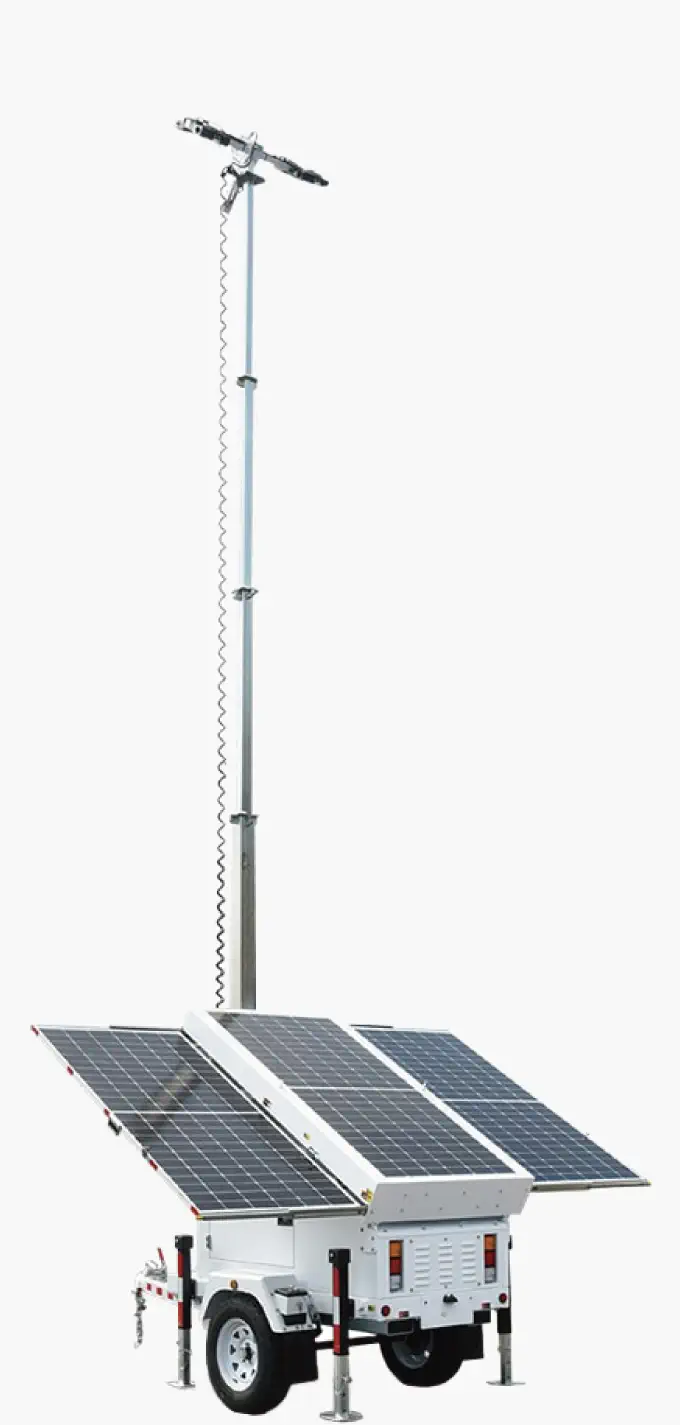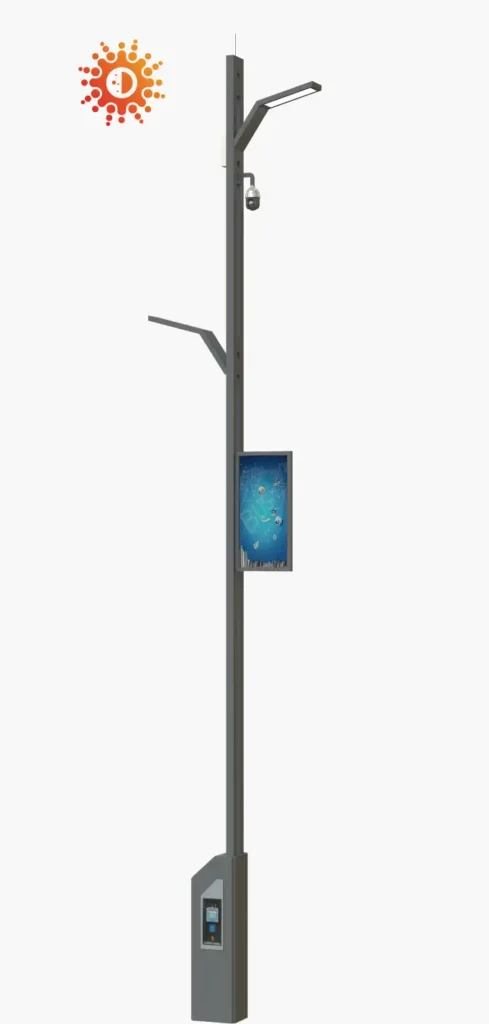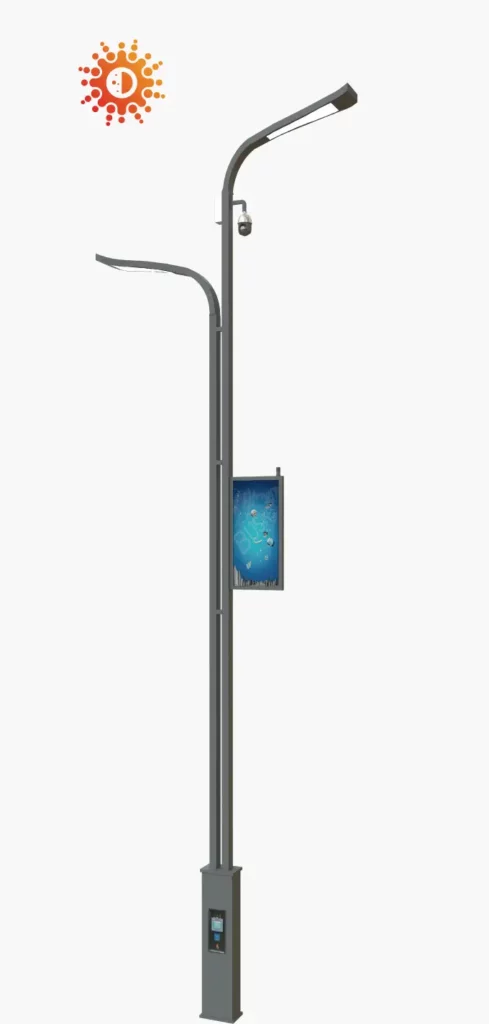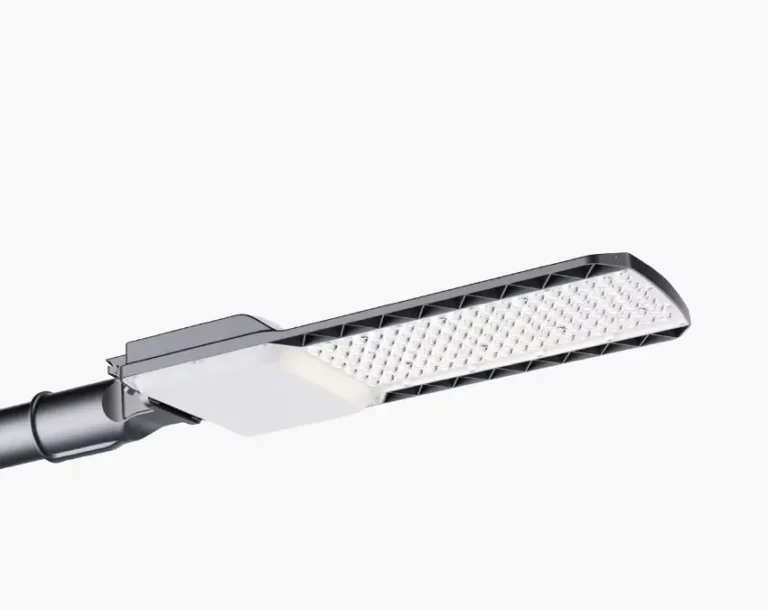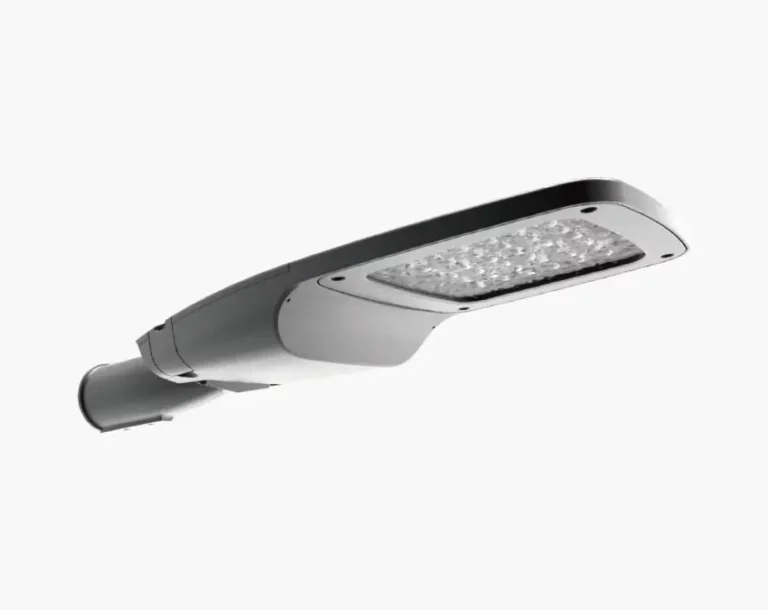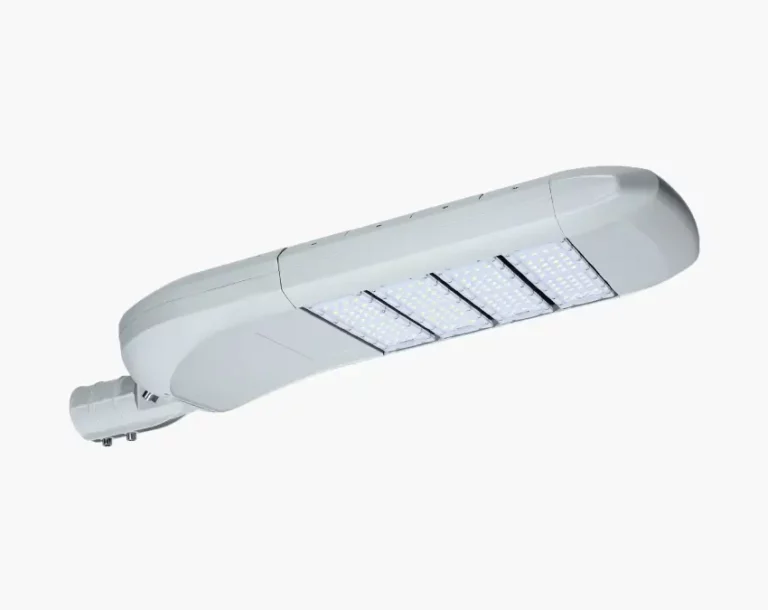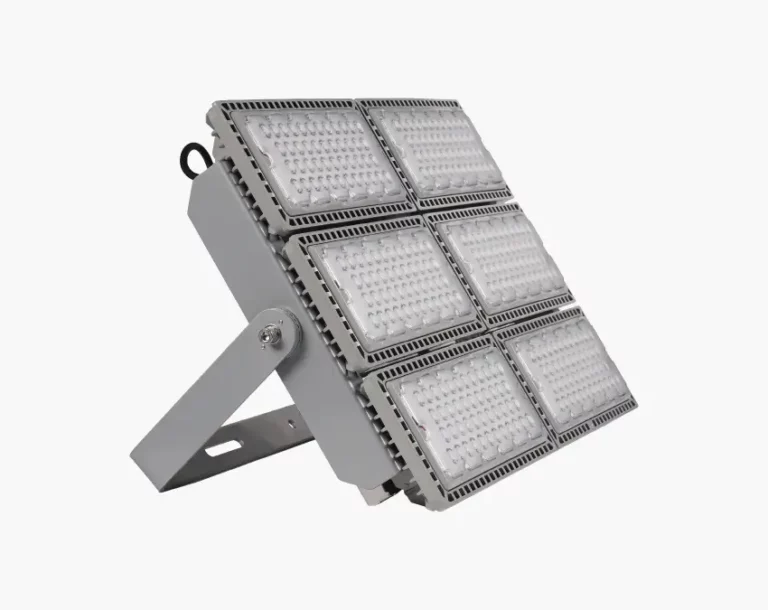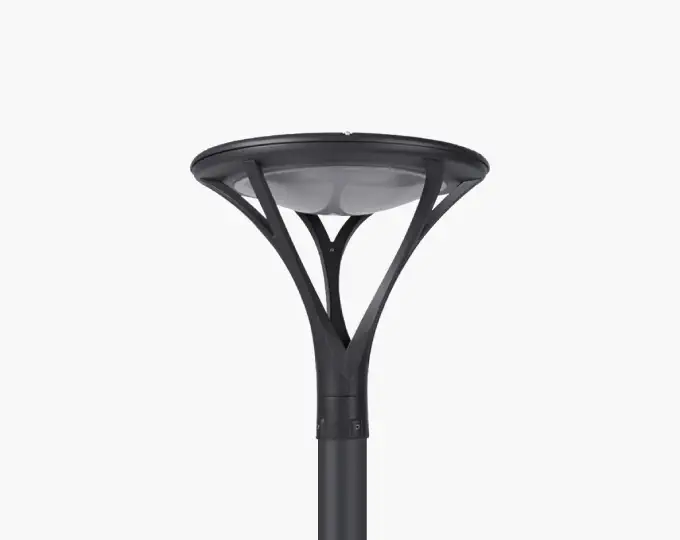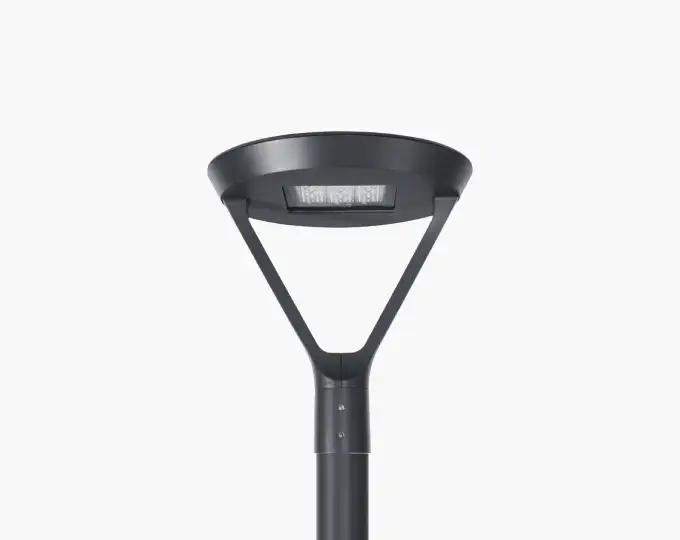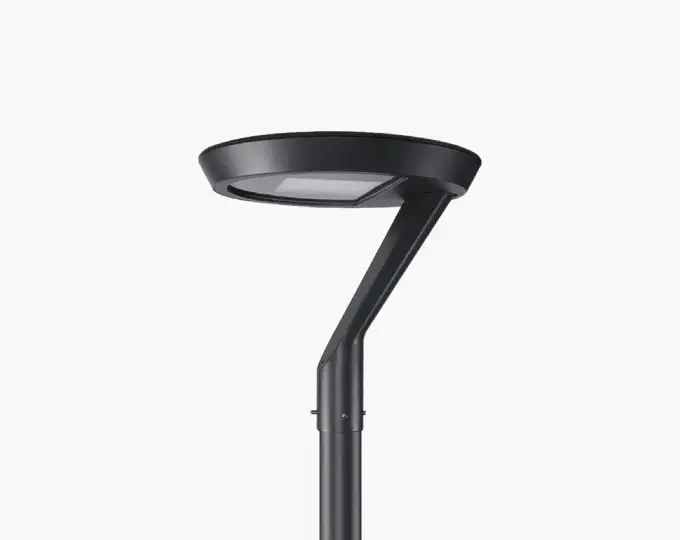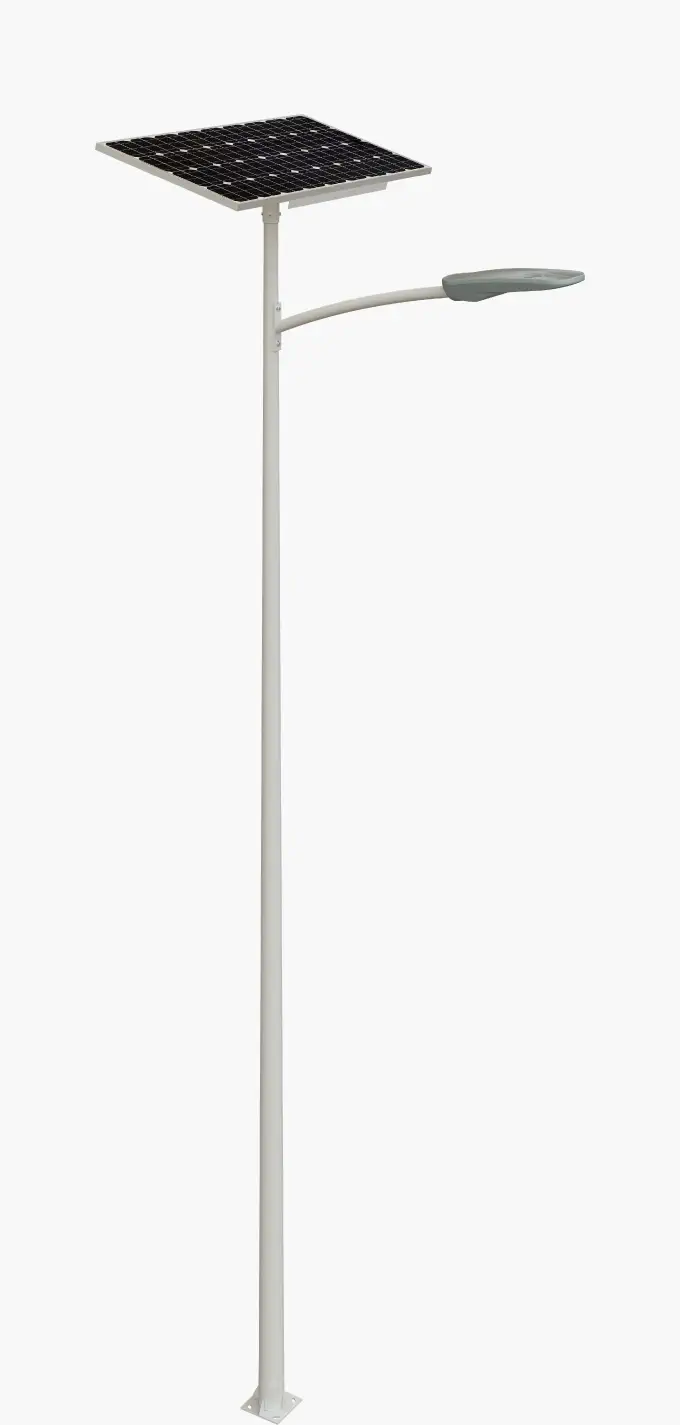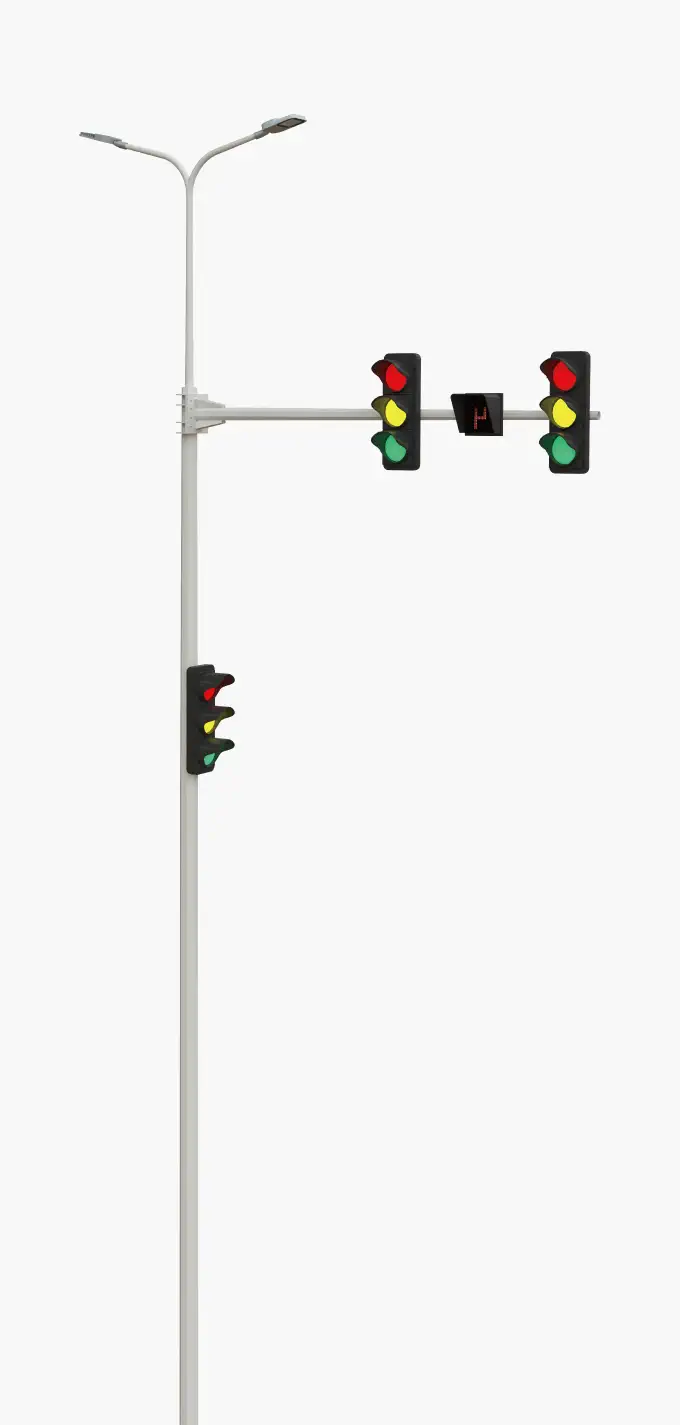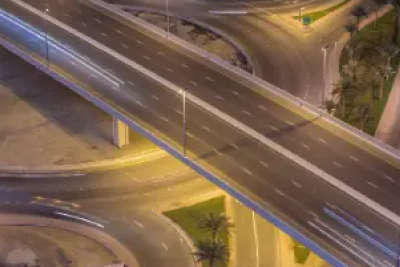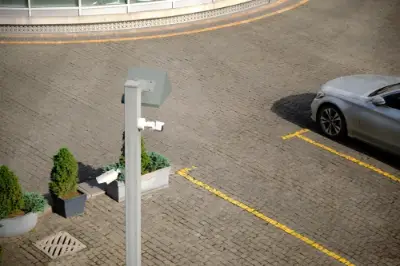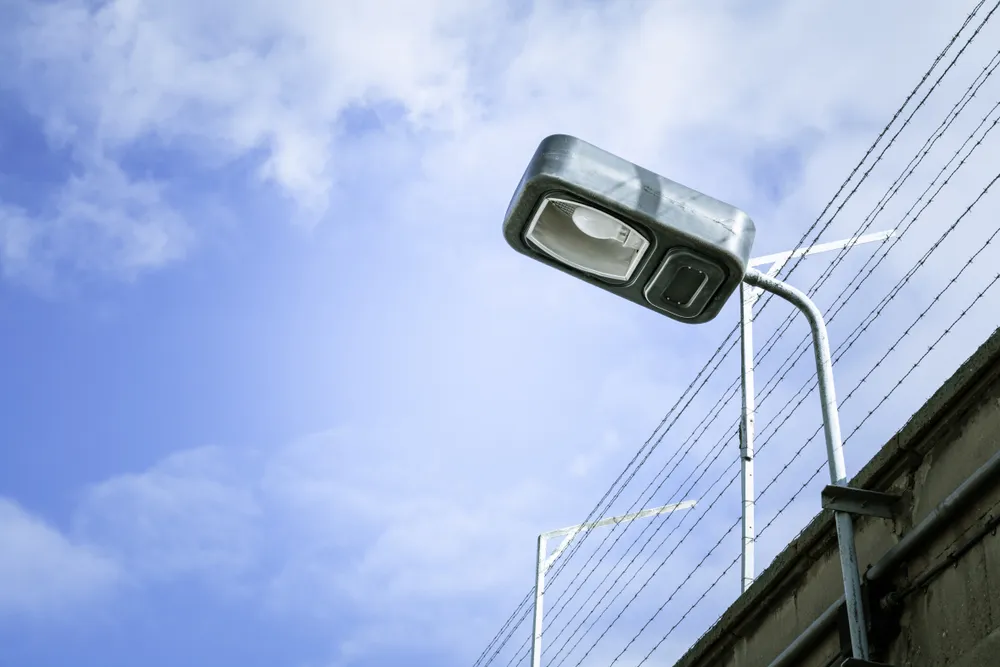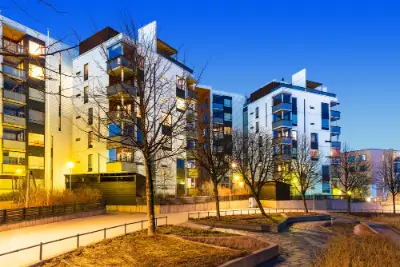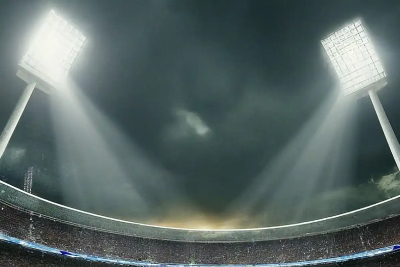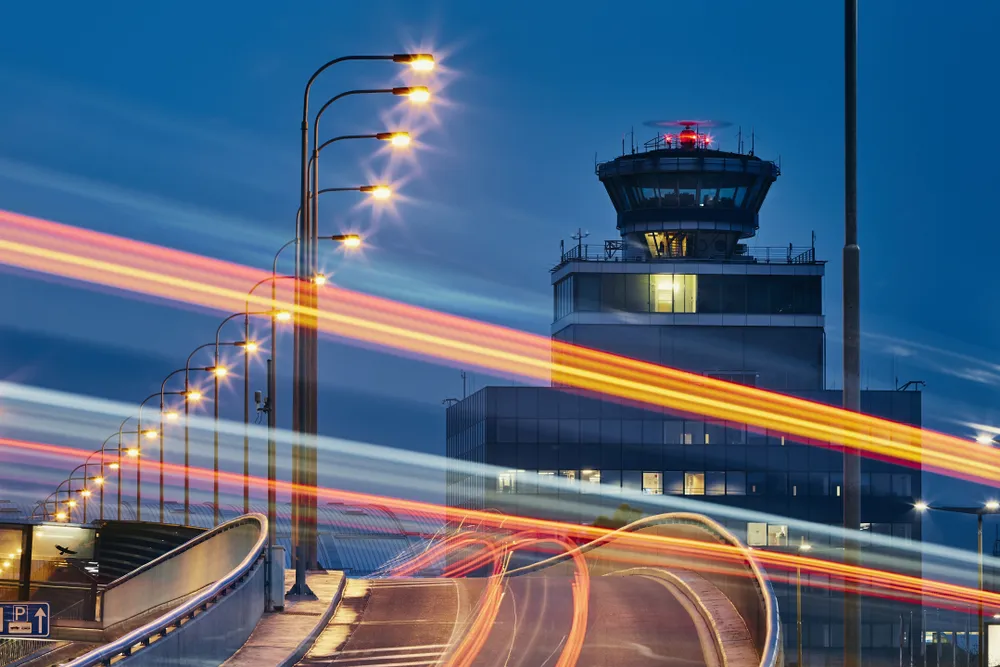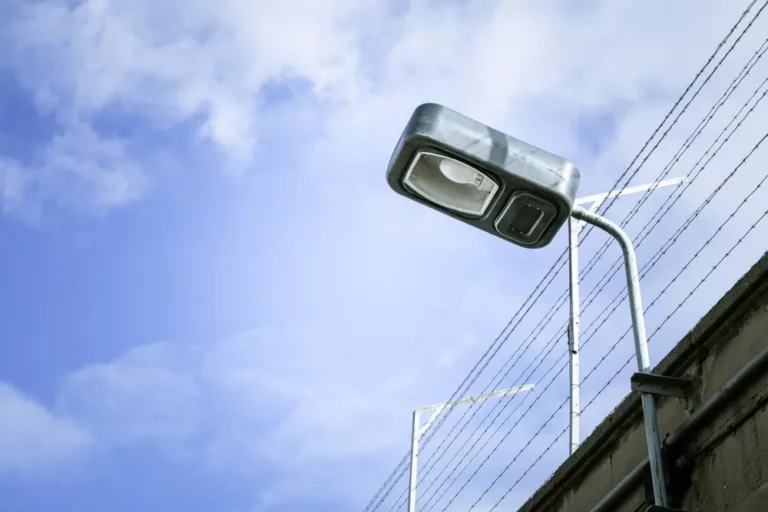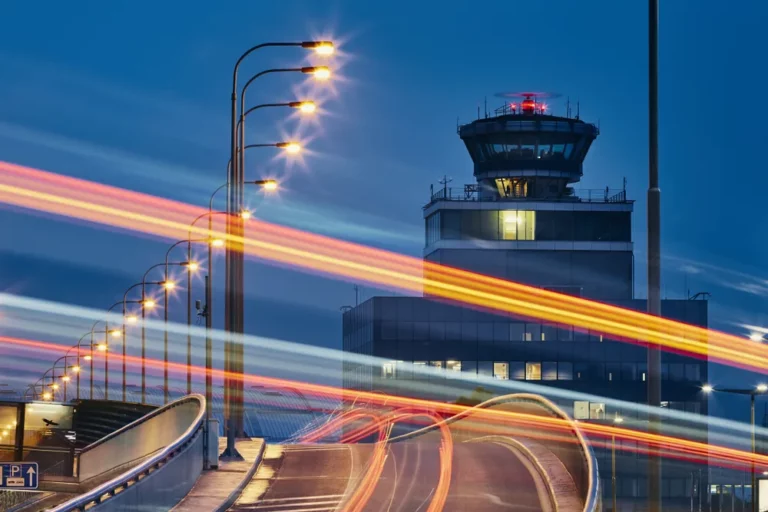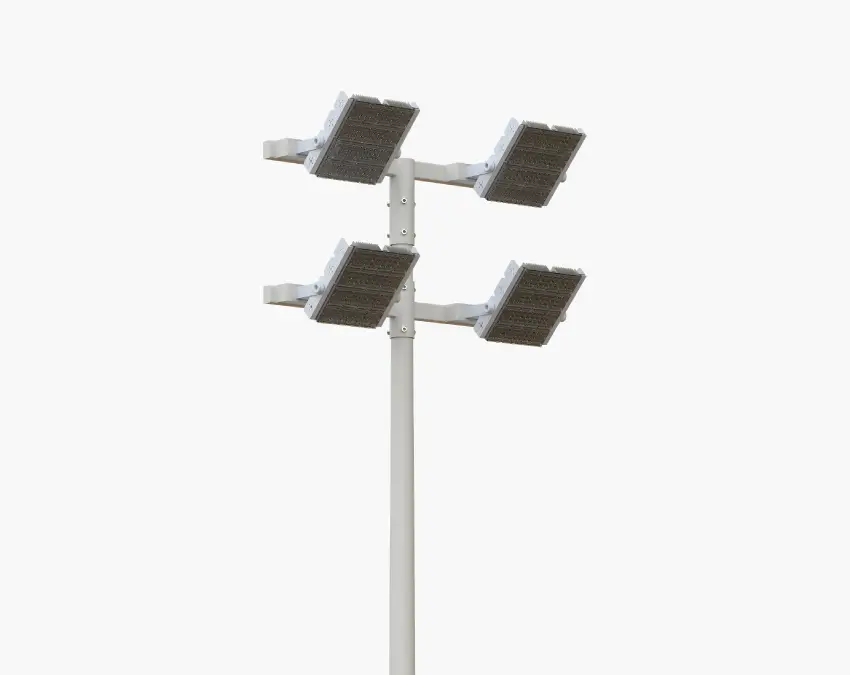Introduction
Streetlights, which serve to illuminate the streets and guarantee safety, have integrated advanced control systems which have drastically improved from basic photocells. This shift has improved energy consumption, maintenance, and city planning efficiency. This essay discusses various strategies for controlling streetlights, including photocell sensors, timers, motion sensors, centralized control systems, and wireless control systems. The construction of solar-powered street lights is also explained and the benefits that these advancements have towards the development of smart and sustainable cities is analyzed.
Photocell Sensors: The Dusk-to-Dawn Approach
Photocell sensors operate as key elements in automated lighting systems that manage streetlight illumination based on ambient light conditions through efficient basic operation. The operation of light-dependent resistors (LDRs) as photocell sensors enables automatic lighting activation during nighttime darkness and automatic deactivation during daytime hours, responding to changes in ambient light levels. This leads to improved energy efficiency and operational efficiency. These devices work for various lighting arrangements because they deliver dependable performance at affordable costs. The sensors address automated light-sensitive control requirements through their basic framework, operating without manual control involvement.
Semiconductor materials within photocell sensors transform their resistance levels according to the surrounding light intensity. The semiconductor material inside the photocell functions with lower resistance in light conditions and higher resistance in dark conditions. Photocells function through their operational principle to detect daytime and nighttime conditions.
Cadmium Sulfide (CdS) functions as a streetlight application because this material detects natural daylight wavelengths. When photons strike CdS material it causes electron excitation which results in decreased resistance and increased conductivity. The changes in resistance from the photocell allow for electrical control of streetlight operations. CdS maintains its position as a popular photocell material because of its sensitivity along with its affordable nature yet additional materials are utilized for different purposes.
Timers and Scheduled Street Lighting Operations
Timers offer another method for automating street light control, operating based on pre-set schedules rather than relying on real-time environmental conditions. This approach provides a predictable pattern of illumination, which can be beneficial in certain areas or for specific energy management strategies. Timer-based systems can range from simple mechanical timers to sophisticated digital or centralized control systems that allow for intricate scheduling based on time of day, day of the week, or even seasonal variations.
Understanding Basic Timer Mechanisms
Electromechanical devices operate basic timer systems for street lights by controlling circuit closure or opening at scheduled times. The timers enable users to program when the lights should activate during evening hours and deactivate during morning hours. Digital timers provide advanced control through their ability to create several switching cycles while accommodating changes made during daylight savings transitions. The timers exist either inside street light fixtures or within control panels that manage multiple street lights.
Implementing Centralized Timing Control Systems
Most large urban areas use centralized time-based systems to control large networks of street lights. A master clock operates within these systems to transmit signals that reach control units positioned throughout the lighting network. The synchronized operation becomes possible through this system which enables easier adjustments to lighting schedules across extensive areas. A centralized system offers the capability to link with multiple smart city technologies and implement advanced control systems as well as energy optimization procedures.
Motion Sensors & Adaptive Lighting Systems
Motion sensors function as an advanced remote control method for street lights because they adjust the amount of light through sensor detection of pedestrians and vehicles. The flexible lighting approach enables substantial power savings by operating at reduced illumination when no movement is detected, and it can boost intensity according to demands. Motion sensors improve safety and security by automatically increasing the amount of light in areas where people or vehicles are present, providing brighter illumination when needed.
Types of Motion Sensor Technologies Used in Street Lights (e.g., PIR, Microwave)
Adaptive street lighting systems employ different motion sensor technologies for their operation. Passive Infrared (PIR) sensors utilize infrared radiation changes from moving objects to create their detection. Microwave sensors function by sending low-power microwave radiation, which detects modifications in the reflected waves that occur when objects move. The selection process for sensors depends on application needs because each sensor type offers unique benefits and limitations regarding sensitivity, range, and cost.
| Motion Sensor Type | Technology Description | Advantages | Disadvantages |
| PIR (Passive Infrared) | Detects changes in infrared radiation from moving objects | Low cost Low power consumption | Limited range Sensitive only to heat sources |
| Microwave | Sends low-power microwave radiation and detects changes in reflected waves | Longer range Works through obstacles | Higher cost Consumes more power |
| Ultrasonic | Emits high-frequency sound waves and measures changes in reflected waves | High sensitivity Accurate detection of movement | Can be affected by environmental noise |
| Dual Technology | Combines PIR and microwave sensors for more reliable detection | Reduces false positives Enhanced accuracy | More expensive Requires more installation space |
How Motion Detection Triggers Brightness Adjustments
The motion sensor activates the street light control system through a signal after detecting movement inside its operational area. The control system receives a signal from the motion sensor, which leads to increased power delivery to the LED lamp, thus creating brighter illumination. The control system activates a power reduction after movement stops and a specified time of inactivity expires, which leads to dimming the light or a complete shutdown in more advanced systems. The system activates brightening on demand to provide visibility needs but operates at lower power levels to save energy when there is no traffic present.
Centralized Control for Smart Street Lighting
Through centralized control systems, street light management receives total network-wide control, including remote data collection and diagnostics. These systems help operations run more efficiently through their proactive maintenance features, and they generate critical data needed for urban infrastructure development and energy efficiency purposes. A central platform that links streetlights enables operators to monitor performance in real time for scheduling and fault response purposes. The implementation of this method achieves energy efficiency through cost reduction, and it makes lighting infrastructure last longer, which contributes to smart city development.
The centralized street light control system operates through individual light controllers that exchange information with a central management server by using different network technologies. Power Line Communication (PLC) uses the electrical wiring network to transmit data without requiring new infrastructure. Auto-switch technologies using RF mesh networks and cellular communication provide installation flexibility and allow for easy expansion, but cellular networks provide extensive coverage for distant sites. The selection of communication technology depends on factors that include cost-related aspects in addition to reliability requirements together with scale of deployment needs. Centralized systems enhance urban lighting operations through their ability to join different components automatically while utilizing data to create informed decisions.
The Rise of Solar Street Light Control
Solar street lights, including LED street lights, operate as an environmentally friendly and economical solution to grid-powered lighting by converting solar power into electricity. These lights function autonomously, storing battery power for nighttime operation. An intelligent automated control system, such as street lighting control systems, is essential for managing energy storage, as well as the charging and discharging sequences, to ensure continuous illumination. Proper control systems minimize energy loss and enhance battery durability. Solar lighting specialist Inlux Solar integrates state-of-the-art street lighting control systems to optimize performance, ensuring reliable operation across diverse environmental conditions.
An essential feature of solar LED street light control is intelligent battery management systems that monitor the state of charge, temperature, and energy consumption patterns. Advanced controllers protect batteries by preventing overcharging and deep discharging, using smart algorithms to maximize solar energy collection. These features improve battery efficiency and extend the operational life of the entire lighting system. Inlux Solar’s state-of-the-art controllers utilize cutting-edge technology to optimize performance, delivering high-efficiency, sustainable lighting solutions. The integrated intelligent energy management system from Inlux Solar allows solar LED street lights to function reliably with minimal maintenance, making them an ideal choice for intelligent street lighting control systems, sustainable urban environments.
| Benefit | Description |
| Environmentally Friendly | Solar street lights use renewable solar energy, reducing reliance on grid-powered electricity and lowering carbon footprints. |
| Cost-Efficient | Solar-powered lighting reduces electricity costs, and low maintenance requirements help lower overall operational expenses. |
| Autonomous Operation | Solar street lights function independently, storing energy in batteries for nighttime use, ensuring continuous illumination without manual intervention. |
| Energy Management | Intelligent control systems optimize energy storage, manage charging and discharging, and minimize energy loss, improving system efficiency. |
| Long Battery Life | Advanced battery management systems prevent overcharging and deep discharging, extending battery life and improving overall lighting system durability. |
| Sustainability | Utilizes solar power to reduce dependence on non-renewable resources, making it an eco-friendly lighting solution. |
| Reliable Performance | Inlux Solar’s state-of-the-art controllers optimize performance, ensuring reliable operation in various environmental conditions. |
| Minimal Maintenance | The integration of intelligent energy management systems minimizes the need for maintenance, making solar LED street lights a low-maintenance solution. |
| Smart Control Integration | Can be integrated with intelligent street lighting control systems, providing adaptive lighting based on real-time needs. |
Wireless Communication in Modern Street Lights
The application of wireless technology in street light control brings advances through better efficiency alongside more flexibility and with lower costs. Wireless systems eliminate the need for complex cabling, so they lower the expenses of installation and maintenance. The system enables operators to monitor their infrastructure remotely, through which they can adjust lighting settings and detect problems as they happen. The integration capability of wireless systems with smart city networks improves city management functions while delivering enhanced energy efficiency results.
Wireless protocols exist to fulfill different operational requirements. LoRaWAN provides excellent performance for extending low-power communication across long distances, while NB-IoT delivers reliable data transmission between distant points. Zigbee operates as a wireless protocol that enables short-range mesh networks to let street lights exchange information for better reliability. Modern smart cities depend on wireless control because it provides better expansion capabilities and adaptability, together with enhanced operational efficiency compared to traditional wired systems.
Future Trends in Street Light Control Technology
The evolution of AI, big data, and IoT has made it possible to have smarter lighting technologies that are more sustainable, enhancing systems like street light systems and roadway lighting. AI and Machine Learning (ML) allow these lighting systems, including street light controllers, to have predictive and adaptive control. AI proactively adjusts lighting by analyzing traffic, pedestrian movement, and environmental factors, while ML optimizes dimming levels in real time to save energy and reduce light pollution. These systems improve the efficiency and safety of urban areas while supporting environmental sustainability.
With smart street lights and traffic light systems, there are now sensors and communication features that generate a large amount of data. City planners can monitor the flow of traffic, the movement of pedestrians, and even the use of energy, thanks to big data analytics. Cities can lower costs and increase performance by identifying high-energy areas and optimizing lighting schedules. This approach to incorporating technology undoubtedly makes urban areas more responsive, intelligent, and energy-efficient.
Conclusion
Control of street lights has changed from basic on-off switches to sophisticated automated systems using photocells, timers, motion detectors, centralized controls and wireless communication. At Inlux Solar, we are spearheading this change by providing innovative solar-powered street lights that are energy efficient and environmentally friendly. Our systems help cities not only reduce their energy consumption but also work towards a greener planet. Inlux Solar is committed to creating more integrated and intelligent street lights with advanced automation features to improve safety as well as livability in cities.

